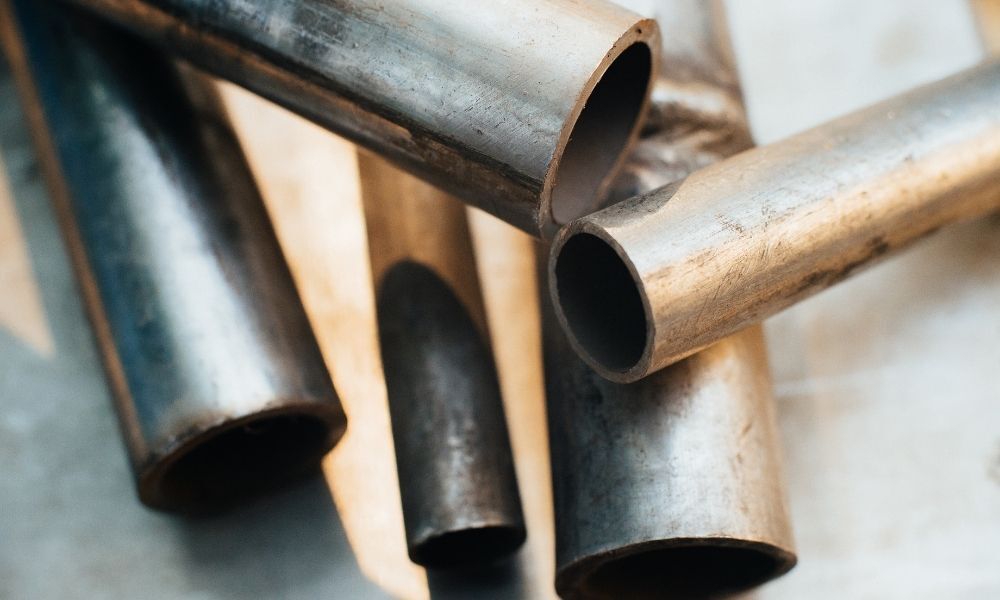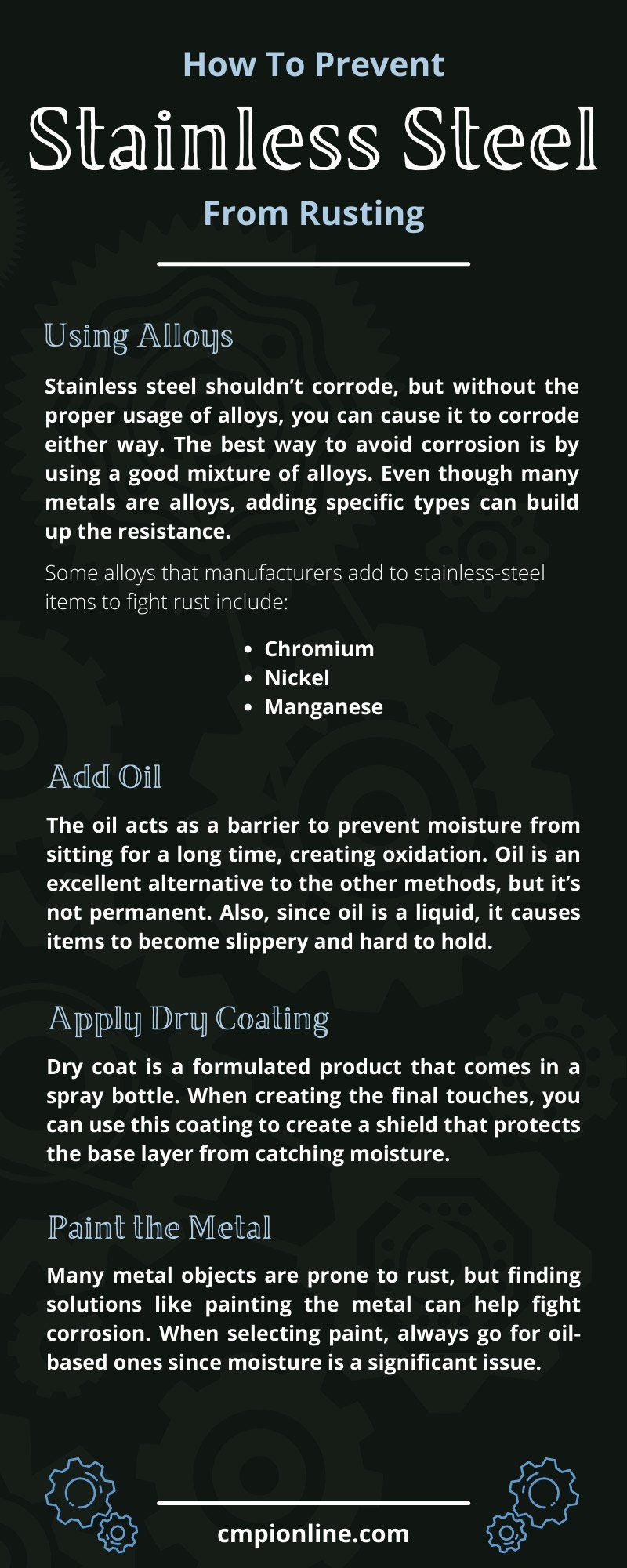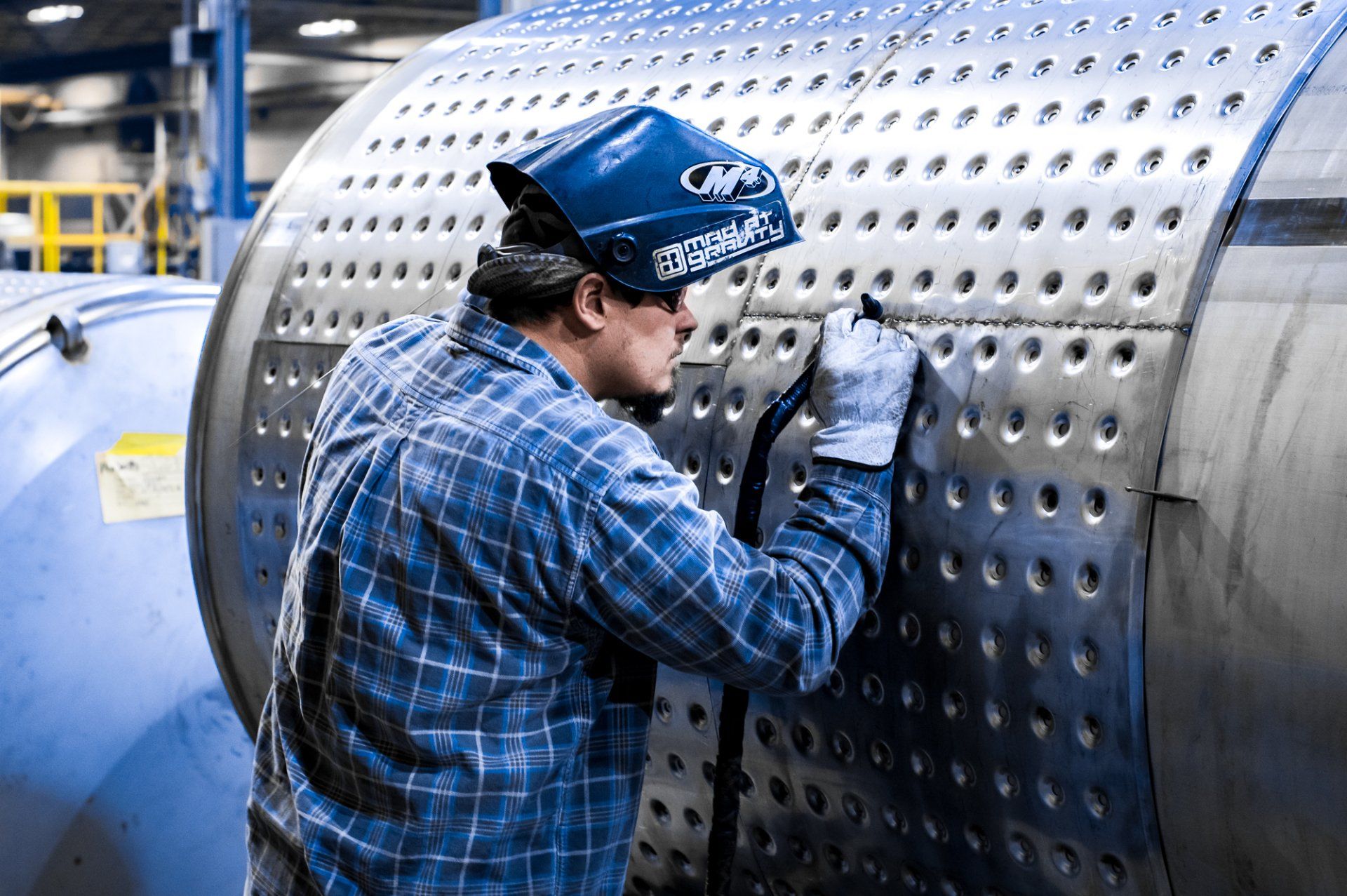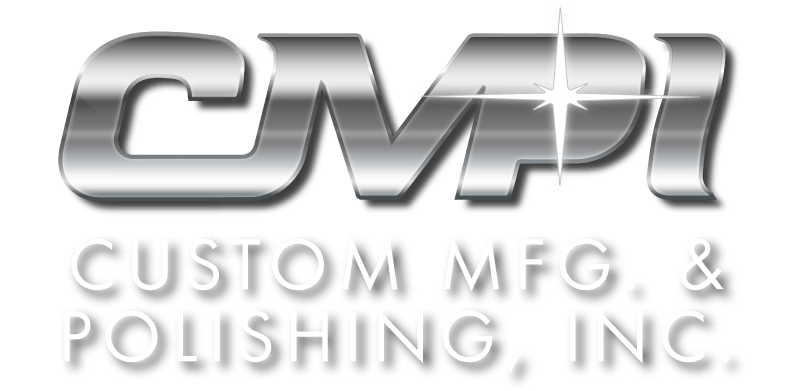How To Prevent Stainless Steel From Rusting

Many manufacturers enjoy stainless steel for more than its durability; the materials are flexible and don’t rust. However, there are times when there’s a defect that goes unnoticed. Here’s how to prevent stainless steel from rusting.
Why Does Stainless Steel Rust?
Stainless steel is different than ordinary steel, as it comes with chromium-coating that builds a layer of protection when exposed to elements like moisture. However, if the layer is damaged or not enough coatings are glazed on, the material can tarnish.
There does come a time when stainless steel does rust, and it’s essential to fix it right away.
However, when maintaining your material, make sure to not use these chemicals, as they can break through your protective layer and cause tarnishing:
- Fluorine
- Chlorine
- Iodine
- Alcohol
- Ammonia
By avoiding these chemicals, you can improve the looks of your products while avoiding making any mistakes with your practices.
Using Alloys
Stainless steel shouldn’t corrode, but without the proper usage of alloys, you can cause it to corrode either way. The best way to avoid corrosion is by using a good mixture of alloys. Even though many metals are alloys, adding specific types can build up the resistance.
Some alloys that manufacturers add to stainless-steel items to fight rust include:
- Chromium
- Nickel
- Manganese
However, the alloys alone don’t entirely block corrosion; there are other steps you need to take for your stainless steel to build better immunity. The next thing you can do is add oil.
Add Oil
Many who carry firearms know the importance of using oil to refine their pieces. While certain items aren’t in use, it’s essential to maintain the upkeep of steel products that corrode. If stainless steel is left sitting out for an extended period of time, corrosion can occur from the moisture in the air.
So, the oil acts as a barrier to prevent moisture from sitting for a long time, creating oxidation. Oil is an excellent alternative to the other methods, but it’s not permanent. Also, since oil is a liquid, it causes items to become slippery and hard to hold.
Instead, you may want to try applying a dry coat onto the metal.
Apply Dry Coating
Another method you’d want to try for your oxidation prevention is using a dry coat. Dry coat is a formulated product that comes in a spray bottle. When creating the final touches, you can use this coating to create a shield that protects the base layer from catching moisture.
Additionally, it makes the products easier to hold and doesn’t create a deceptive appearance. The dry coat can be used with other things, such as a coat of finisher or paint. Using the dry coating doesn’t alter your product and can add plenty of protection for your products.
Paint the Metal
Many metal objects are prone to rust, but finding solutions like painting the metal can help fight corrosion. When selecting paint, always go for oil-based ones since moisture is a significant issue.
Always be mindful of how much paint you use in and around joints and bolts. These areas experience the most rust, so ensure you paint the entire joint before moving to the next one.
Proper Storage
Storing your metal pieces is a method many should be practicing, especially if they’re still in the process of crafting a chromium-alloyed part. While storing, you don’t want the area to be too damp; in other words, the area should not have any water or humidity nearby. The room you store things in must be dry to prevent corrosion from happening.
Keep the items in an air-tight seal to prevent any damage when shipping or storing, especially en-route to another location.
Galvanize
For a reasonably priced way to lessen the chance of weathering, the following method is galvanizing. When you galvanize metal, you’re placing a zinc coat on top of the iron or steel surfacing. The chance of corrosion depletes with zinc since the spelter corrodes at a funereal rate.
Many of the practices used do have their limitations, especially galvanizing. Zinc’s a fragile material, as it reacts in a more sensitive state when faced with harsh elements, like acid rain or salt. Even as you coat, be mindful of the appearance of your metal pieces, as the zinc coating can cause the material to change shape.
Blueing Steel
When placing a new coating of ionized material on, you notice a different appearance on the material; the newly placed layer is like rust, but it’s not as damaging.
Blueing is often referred to as black iron oxide and receives its name from the appearance of the material. When attempting this process, a stainless-steel manufacturing company puts the material through high temperatures and a salt solution—after completing this procedure, place oil on the material daily to improve longevity.
Powder
Some companies use a coating powder if they need to get the coating on fast, especially when it’s coming down a conveyor belt. Just as the items come down the line, the powder is made from electrical bound powder of acrylic, polyester, epoxy, or other materials and attached to the metal object.
Once the concentrate is on, the objects go to an oven. Once inside, the substance melts into the material, creating a solid finish.
After finishing the coating, the new attached layer prevents the risk of moisture reaching the metal, which is a great trait to have, especially when constructing metal structures.
However, for the powder to fully work, you need to have it whole, or else you risk exposed areas that create an easy entry for rust.
When learning how to prevent stainless steel from rusting, you’re going to see many different methods. These methods inform you of the benefits of using that particular strategy and how effective the routine truly is after applying it the first time.
However, the best method varies on the project, such as building structures, creating appliances, counters, or other metal products that your customers need.
When it comes to building with satisfaction and creative freedom while also following the best practices of delivering quality, Custom Manufacturing and Polishing Inc. can provide what you need. Contact us here for more information on how we can help create the best stainless-steel products that resist corrosion.






